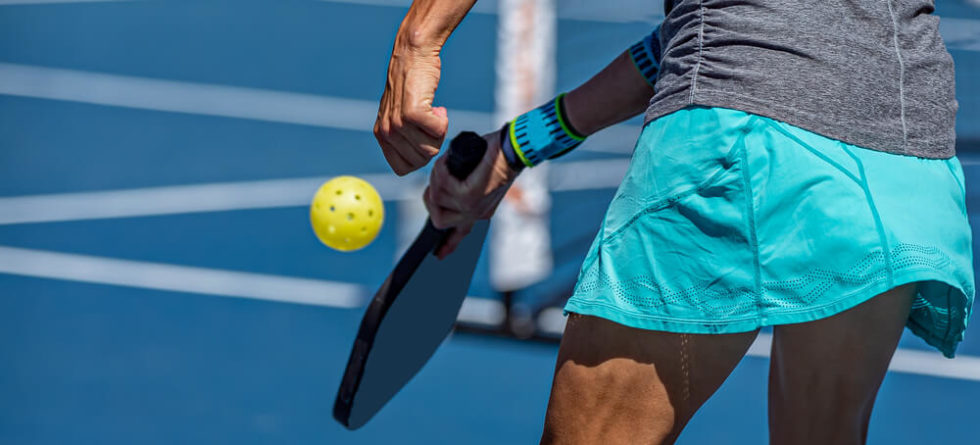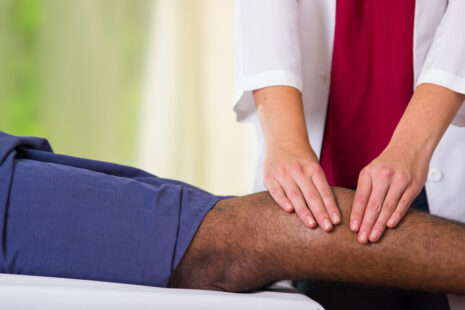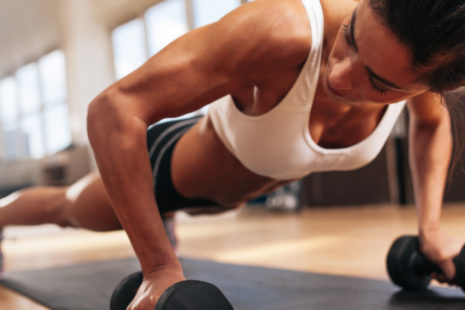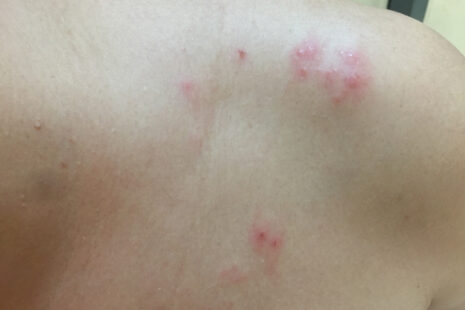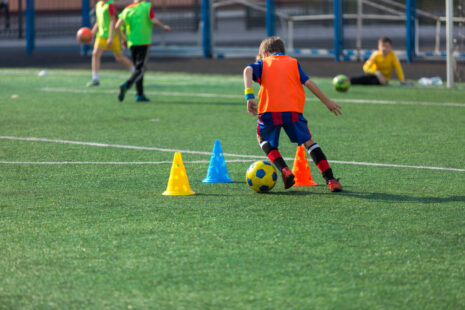Pickleball elbow, also known as “pickleballer’s elbow,” is a condition characterized by pain and discomfort inside the elbow. It is similar to tennis elbow (lateral epicondylitis), but the pain is felt on the inner side of the elbow instead of the outer side. The medical term for this condition is medial epicondylitis.
The pain associated with Pickleball elbow is typically located at or near the bony bump on the inner side of the elbow called the medial epicondyle. This bony prominence is where the forearm muscles’ tendons attach to the upper arm’s humerus bone.
Common symptoms of pickleball elbow include:
- Pain: Persistent pain and tenderness on the inner side of the elbow, especially during and after pickleball play or activities that involve gripping or wrist movements.
- Weakness: Weakness in the affected arm can make it challenging to perform certain movements, such as gripping the pickleball paddle.
- Stiffness: Stiffness in the elbow joint, particularly in the morning or after periods of inactivity.
- Worsening Grip: Difficulty gripping objects, especially when performing activities that involve wrist flexion or twisting.
Pickleball elbow is caused by repetitive stress on the forearm muscles and tendons that attach to the medial epicondyle. Over time, this repetitive stress can lead to microtears in the tendon, resulting in pain and inflammation.
To prevent or manage pickleball elbow, it’s essential to practice proper paddle grip techniques, warm up before playing, and maintain good overall conditioning and flexibility. Suppose you experience persistent or severe pain in your elbow while playing Pickleball; it’s recommended to rest, apply ice, and consult with a healthcare professional or a physical therapist for an accurate diagnosis and appropriate treatment plan. Early intervention can help prevent the condition from worsening and allow for a faster recovery.
